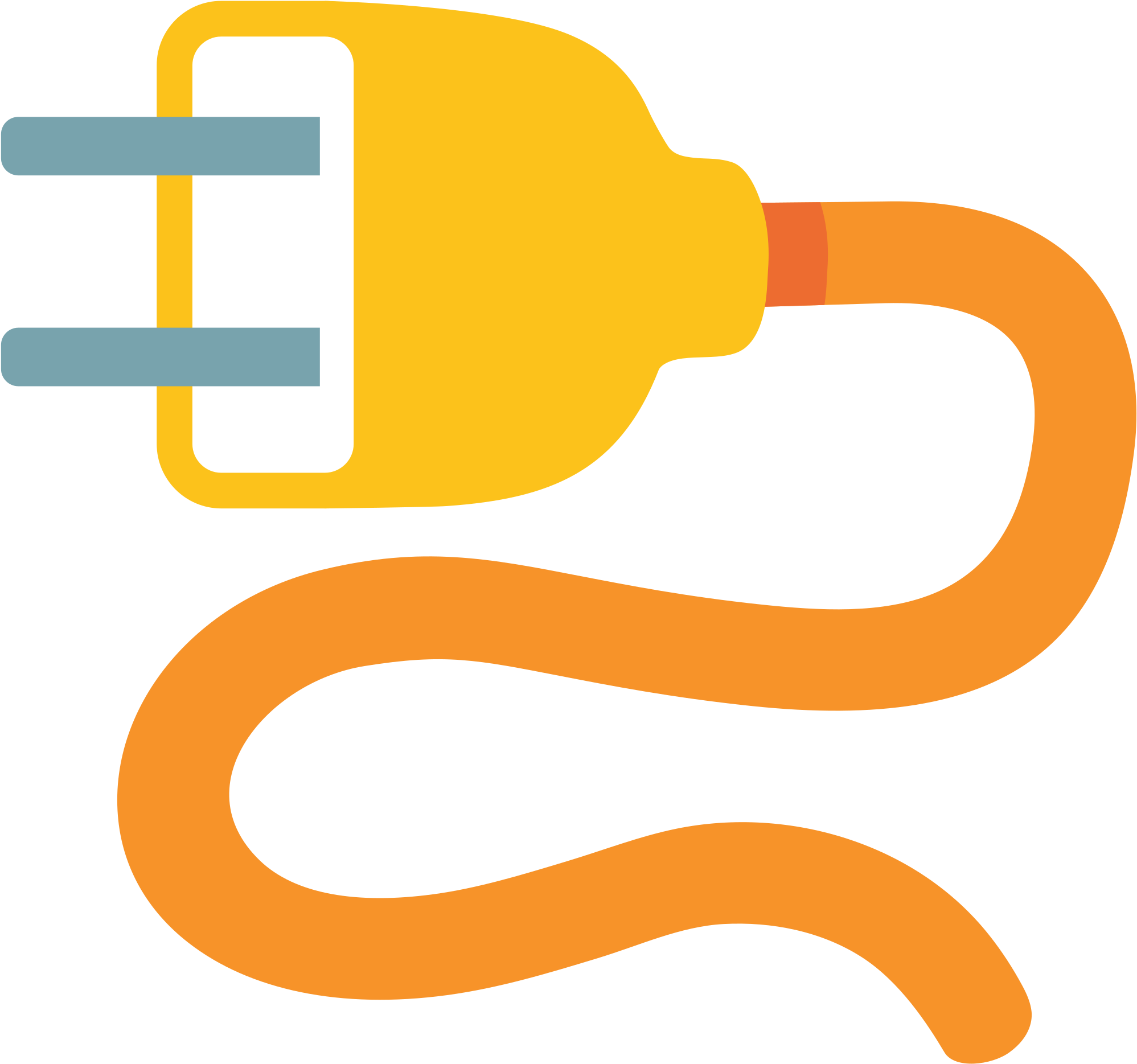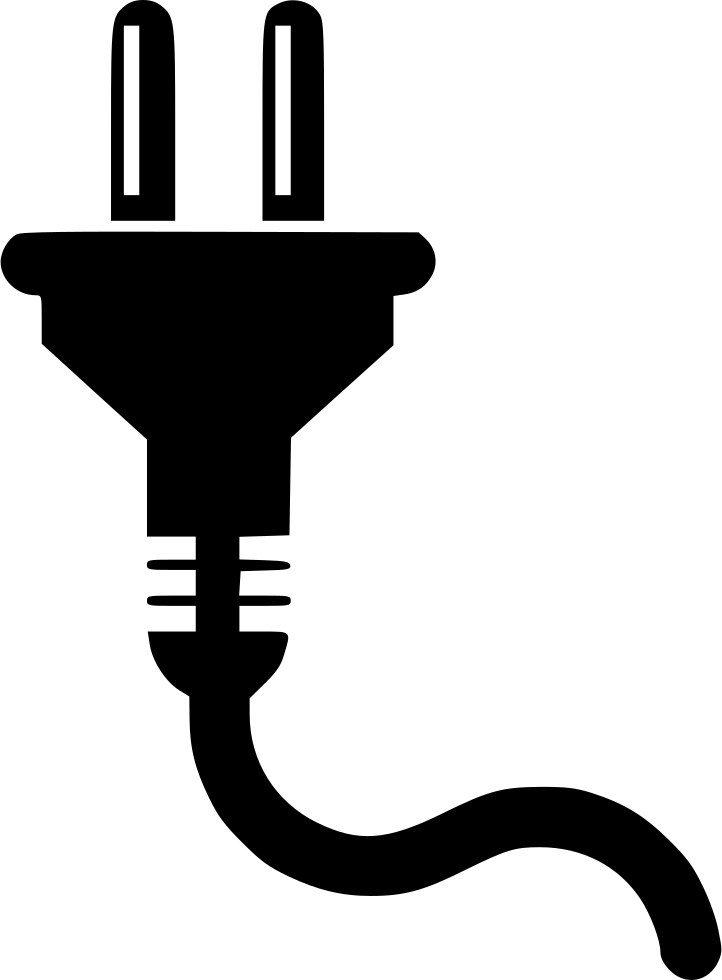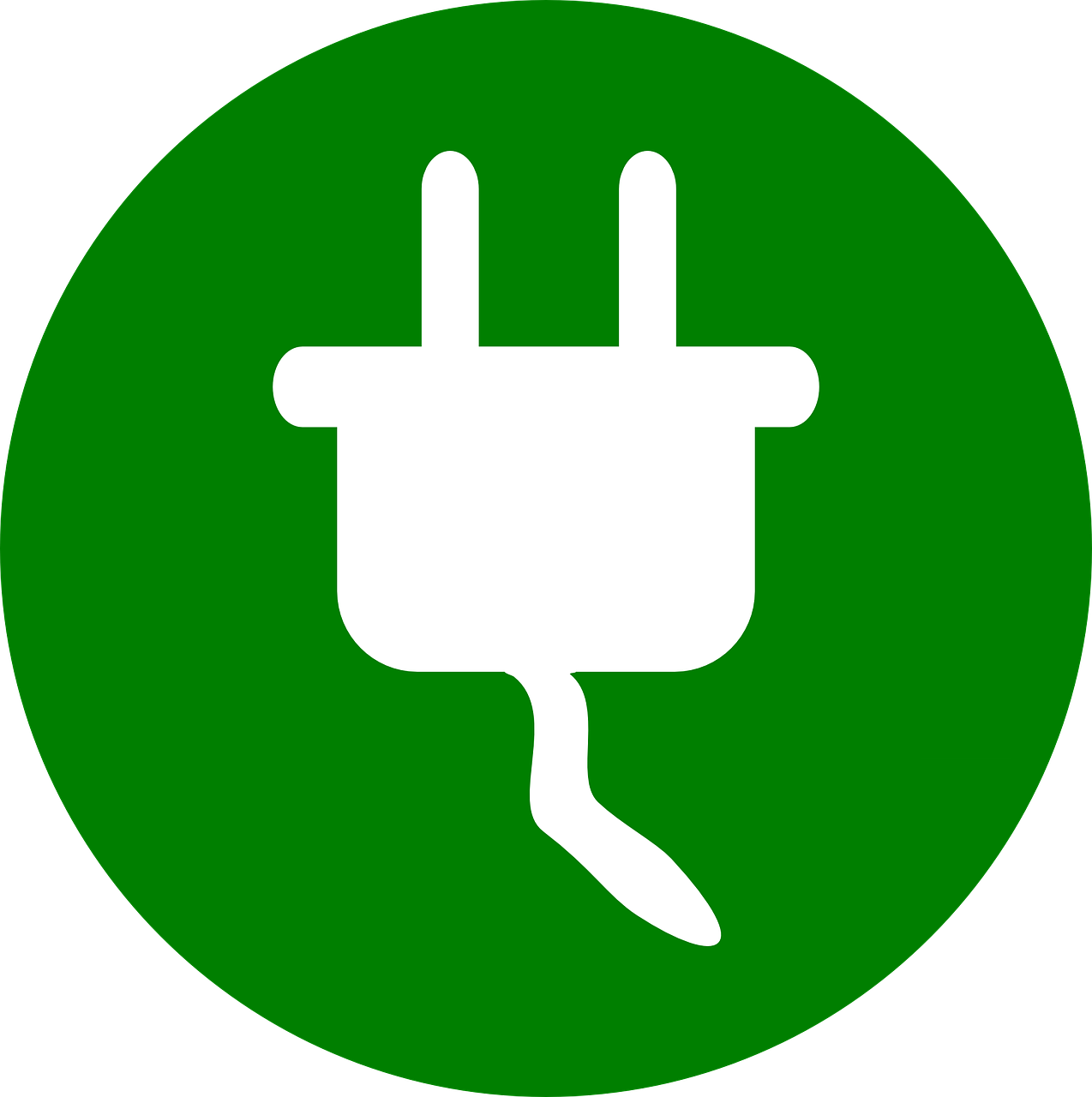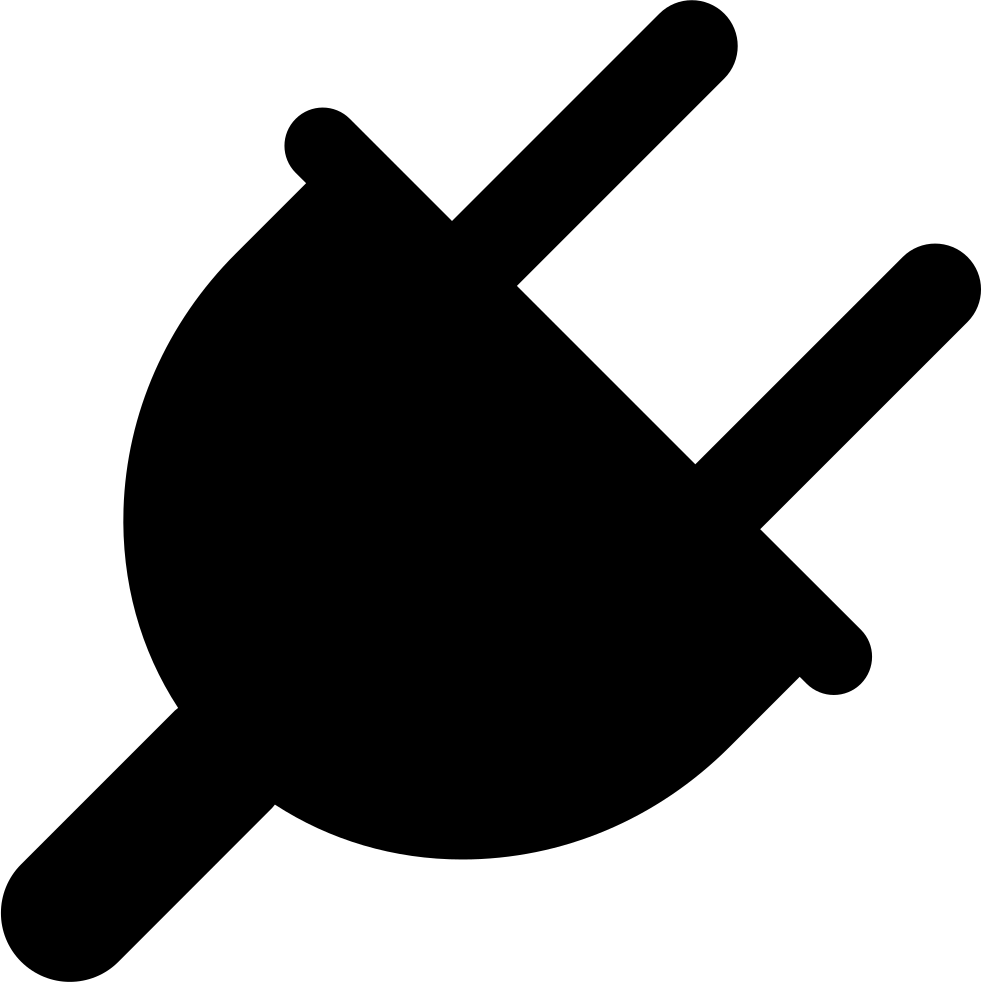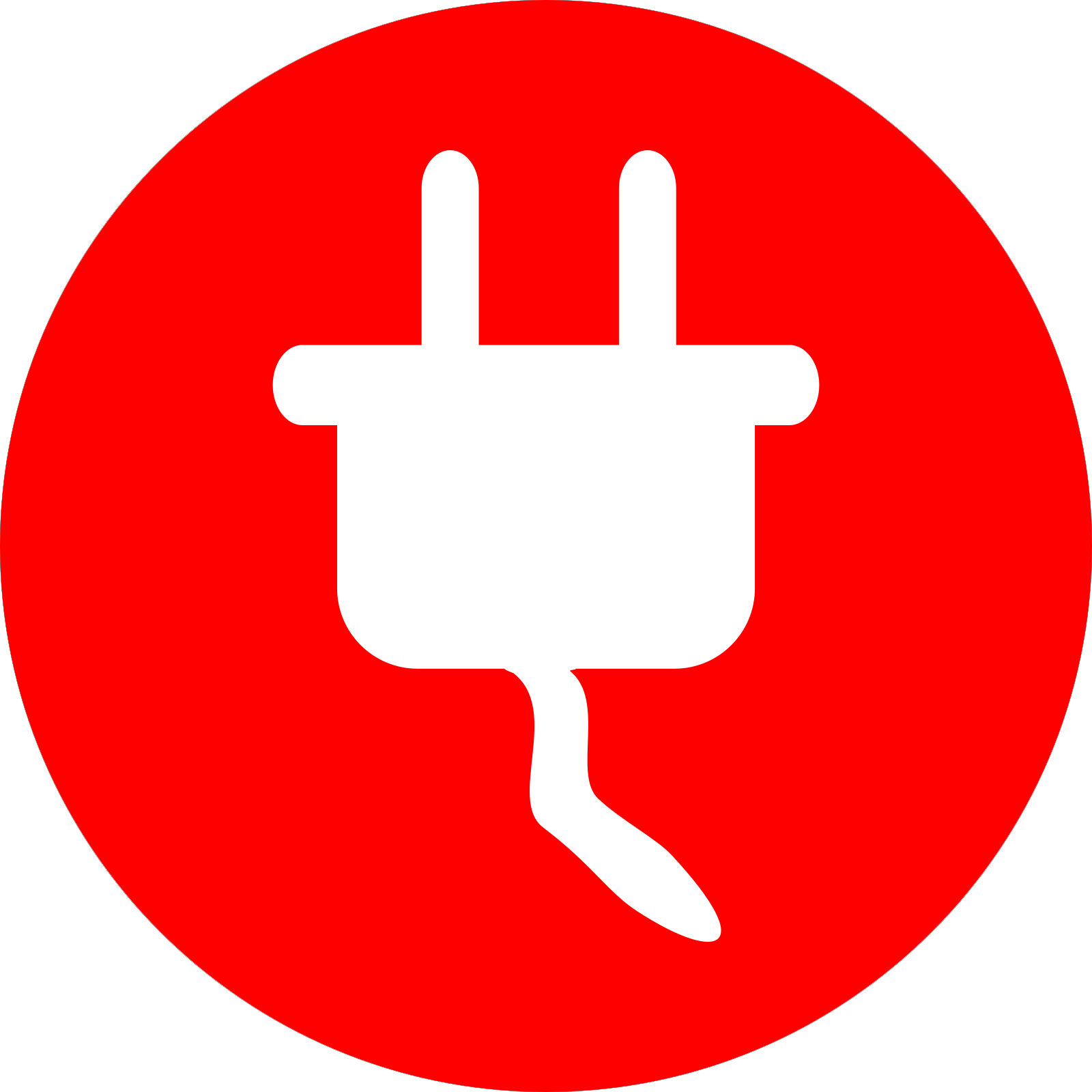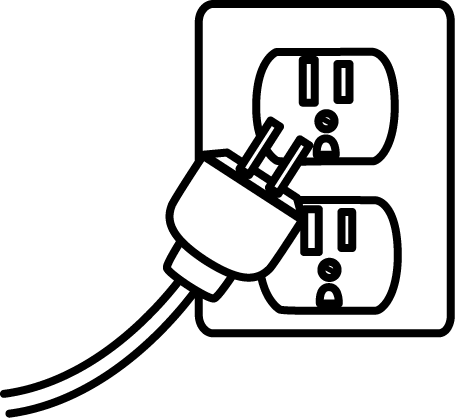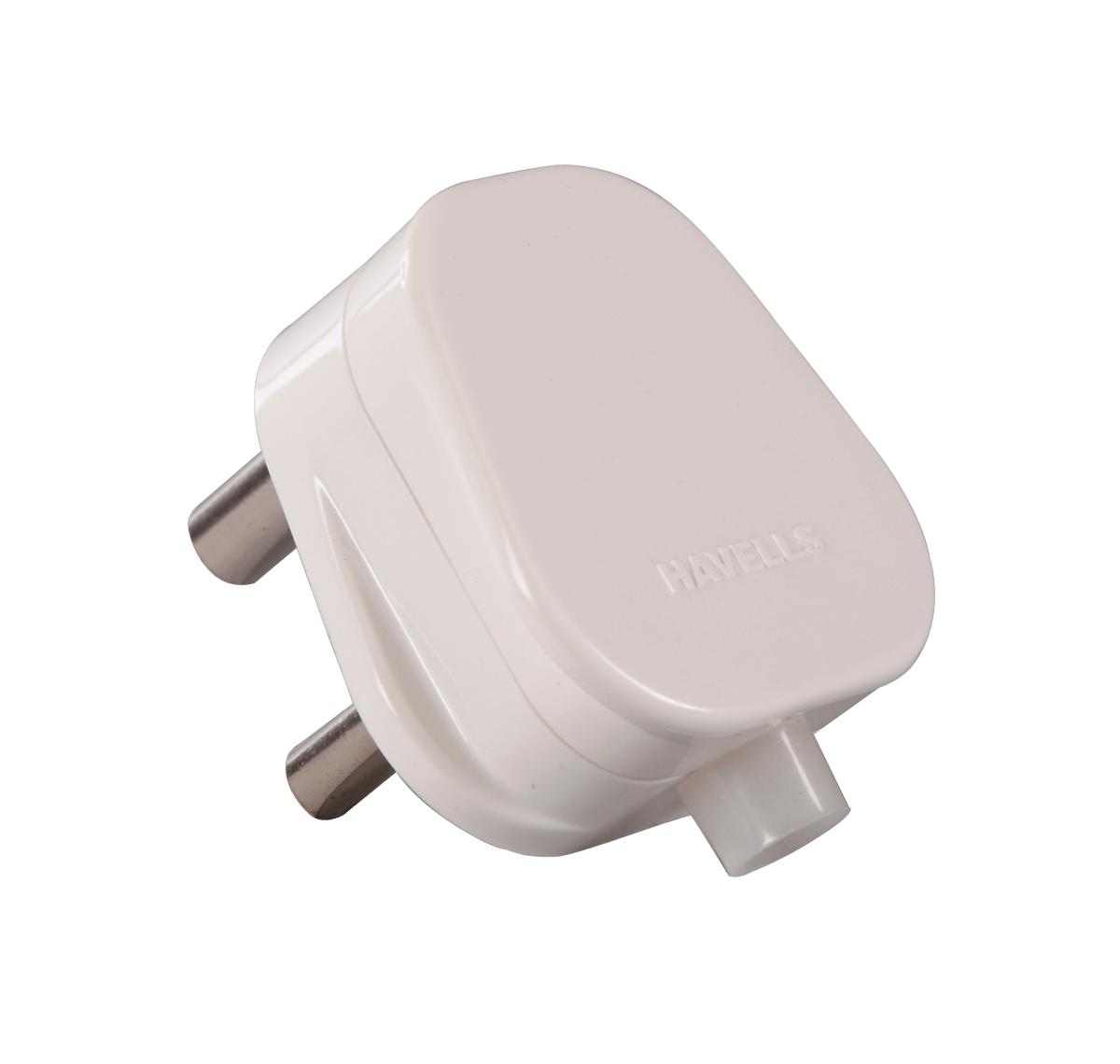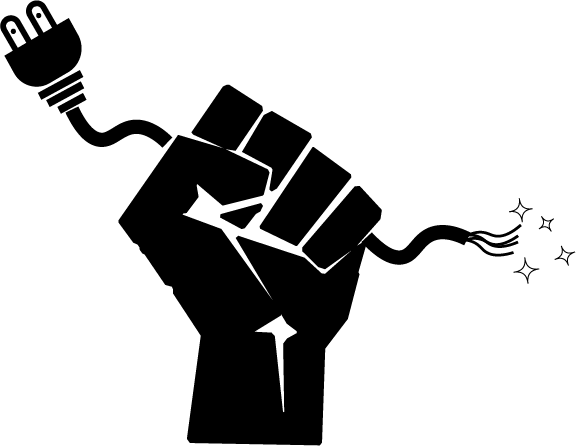Download top and best high-quality free Plug PNG Transparent Images backgrounds available in various sizes. To view the full PNG size resolution click on any of the below image thumbnail.
License Info: Creative Commons 4.0 BY-NC
An electrical connector is an electromechanical device that connects electrical wires to form a circuit. The male component, termed a plug, attaches to the female component, or socket, in most electrical connections. The connection might be detachable, need a tool to assemble and remove, or act as a permanent electrical connection between two places. Dissimilar connections can be joined with the help of an adaptor.
Connectors for power, data, and audiovisual applications come in thousands of different combinations. Electrical connections are classified into four main types based on their function:
Permanently affixed to a cable, inline or cable connectors allow it to be inserted into another terminal (either a stationary instrument or another cable)
Permanently affixed to a piece of equipment, chassis or panel connections allow users to connect a cable to a stationary item.
PCB mount connectors are soldered to a printed circuit board and serve as a point of attachment for cables or wires.
56 Pin headers, screw terminals, and board-to-board connections are examples.
Insulation displacement connections (often splice or butt connectors) that permanently attach two lengths of wire or cable
Electrical connections are considered physical interfaces in computing and are part of the physical layer in the OSI networking paradigm.
Connectors are distinguished by their pinout, method of connection, materials, size, contact resistance, insulation, mechanical durability, ingress protection, lifetime (number of cycles), and simplicity of use, in addition to the classifications described above.
A connection is normally desired to be easy to recognize visually, quick to build, affordable, and need just minimal equipment. In certain circumstances, an equipment maker may select a connection precisely because it is incompatible with others, allowing for greater control over what may be attached. The profusion of kinds is a result of the different but particular requirements of manufacturers; no one connection has all of the desirable qualities for every application.
Conductors and insulators are the two main types of materials used in electrical connections. Contact resistance, conductivity, mechanical strength, formability, and resilience are all key properties for conductor materials. For a precise fit, insulators must have a high electrical resistance, be able to endure high temperatures, and be simple to fabricate.
Copper alloys are commonly used as connection electrodes because of their strong conductivity and malleability. Brass, phosphor bronze, and beryllium copper are some of the alternatives. Another inert metal, such as gold, nickel, or tin, is frequently deposited on the base electrode metal. Passivating oxide layers and surface adsorbates, which restrict metal-to-metal contact patches and contribute to contact resistance, can be reduced by using a coating material with strong conductivity, mechanical robustness, and corrosion resistance. Copper alloys, for example, offer good mechanical qualities for electrodes but are difficult to solder and corrode. To avoid these hazards, copper pins are commonly plated with gold, especially for analog signals and high-reliability applications.
Because of its insulating characteristics, contact carriers that keep the pieces of a connection together are commonly composed of plastic. Backshells or housings can be made of molded plastic or metal.
Download Plug PNG images transparent gallery.
- Plug PNG Image File
Resolution: 1997 × 1869
Size: 78 KB
Image Format: .png
Download
- Plug PNG Image HD
Resolution: 480 × 445
Size: 15 KB
Image Format: .png
Download
- Plug PNG Image
Resolution: 512 × 512
Size: 14 KB
Image Format: .png
Download
- Plug PNG Images HD
Resolution: 722 × 980
Size: 26 KB
Image Format: .png
Download
- Plug PNG Images
Resolution: 1274 × 1280
Size: 74 KB
Image Format: .png
Download
- Plug PNG Photo
Resolution: 512 × 512
Size: 6 KB
Image Format: .png
Download
- Plug PNG Photos
Resolution: 982 × 982
Size: 27 KB
Image Format: .png
Download
- Plug PNG Pic
Resolution: 1600 × 1600
Size: 69 KB
Image Format: .png
Download
- Plug PNG Picture
Resolution: 512 × 512
Size: 13 KB
Image Format: .png
Download
- Plug PNG
Resolution: 455 × 418
Size: 12 KB
Image Format: .png
Download
- Plug Transparent
Resolution: 2500 × 3252
Size: 113 KB
Image Format: .png
Download
- Plug
Resolution: 512 × 512
Size: 9 KB
Image Format: .png
Download
- Plug Background PNG
Resolution: 500 × 800
Size: 10 KB
Image Format: .png
Download
- Plug No Background
Resolution: 512 × 512
Size: 8 KB
Image Format: .png
Download
- Plug PNG Clipart
Resolution: 1200 × 1140
Size: 153 KB
Image Format: .png
Download
- Plug PNG Cutout
Resolution: 512 × 512
Size: 25 KB
Image Format: .png
Download
- Plug PNG File
Resolution: 576 × 446
Size: 15 KB
Image Format: .png
Download
- Plug PNG Free Image
Resolution: 600 × 600
Size: 3 KB
Image Format: .png
Download
- Plug PNG HD Image
Resolution: 512 × 512
Size: 3 KB
Image Format: .png
Download
